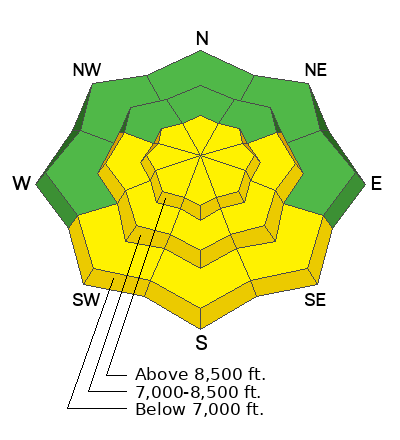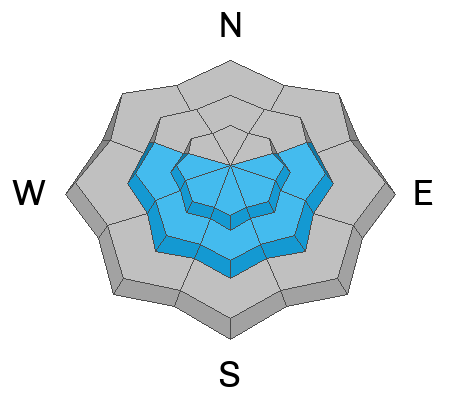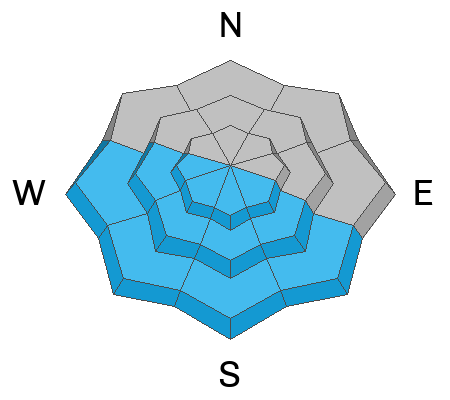Forecast for the Ogden Area Mountains

Issued by Nikki Champion on
Saturday morning, February 24, 2024
Saturday morning, February 24, 2024
Today, the avalanche danger is MODERATE across mid and upper-elevation slopes facing east, southeast, south, southwest, and west where triggering a persistent weak layer avalanche that breaks to a crust with faceted snow 1-3 feet deep is possible. Additionally, there is a MODERATE avalanche danger across all upper-elevation terrain for both hard or soft slabs of wind-drifted snow.
On slopes facing southwest through south and southeast, the avalanche danger will rise to MODERATE as the snow surface heats up, potentially leading to small wet-loose avalanches on solar aspects. On mid and upper-elevation slopes facing southeast, any wet avalanches may trigger larger slab avalanches, failing on the persistent weak layer (PWL). The remaining aspects have a LOW avalanche danger.
It's crucial to carefully evaluate snow and terrain today, identifying potential hazards, as human-triggered avalanches are possible.

Low
Moderate
Considerable
High
Extreme
Learn how to read the forecast here









